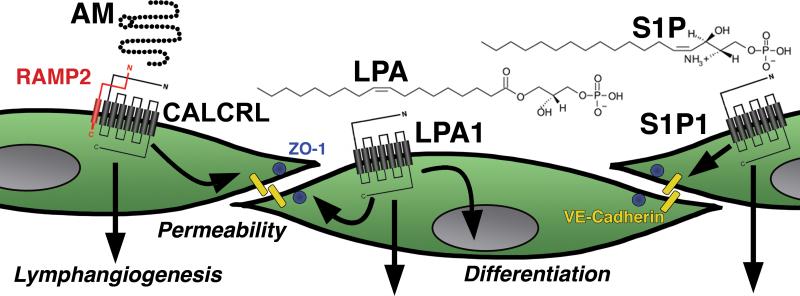Figure 2. Newly identified GPCRs involved in lymphatic development and function.
Several recent studies have led to the identification of several GPCR signaling paradigms that are required for lymphatic vascular development and function. The receptor complex for adrenomedullin (AM) peptide consists of calcitonin receptor-like receptor (CALCRL) and receptor activity modifying protein 2 (RAMP2). Together, these proteins regulate the proliferation and permeability of lymphatic endothelial cells. The lysophospholipids lysophosphatidic acid (LPA1) and sphingosine-1-phosphate (S1P) signal through their cognate GPCRs, LPA(1−5) and S1P(1−3). Numerous studies demonstrate that lysophospholipid signaling can regulate lymphatic endothelial cell differentiation, proliferation and permeability.

